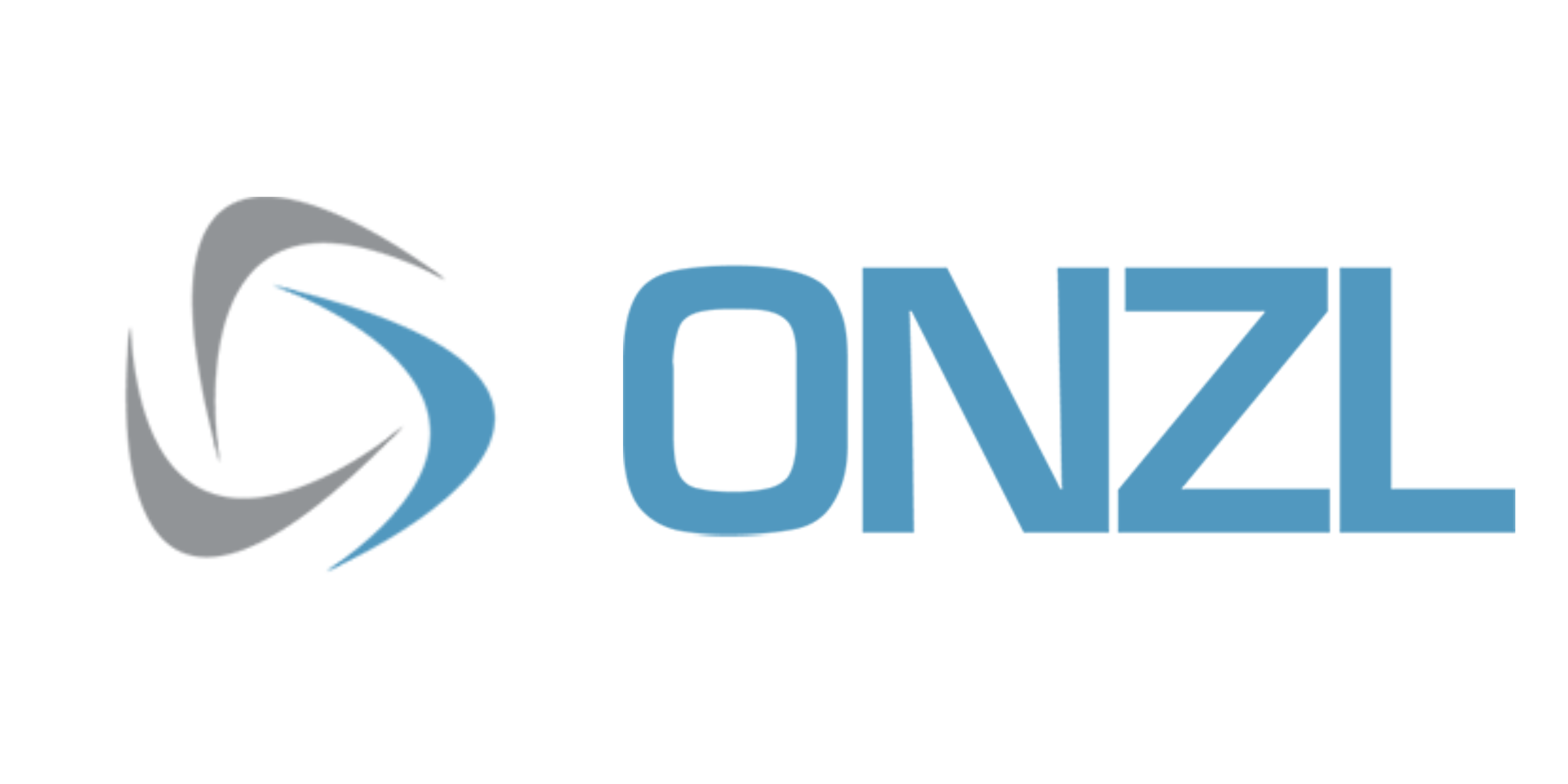Mastering forecasting and cash flow management
07 Mar 2016 9:15 AM | ONZL Team
Not-for-profit organisations often begin their financial year with a healthy budget and cash in the bank. Six months on though, finances often take a more prominent seat at the Board table as the state of membership renewals, targets and project budgets are monitored more closely.
Knowing your total expected revenue and expenditure for the year allows you to recognise if your organisation is going to make a surplus or deficit in time for you to make any necessary changes. Forecasting doesn’t need to be as onerous as it sounds, in fact it will help your organisation more than you can imagine.
Here’s our forecasting checkpoints:
- Is the current trend of actual expenditure and income (including membership renewals) likely to continue?
- How does your actual expenditure and income vary from the original budget?
- Have there been large under or over spends that are likely to continue?
- Have any projects been deferred?
- Is there any new expenditure on the horizon which wasn’t anticipated when the budget was prepared?
Forecasting cash flow is equally important and is essential for not-for-profit organisations that mostly operate on low reserves. Cash flow can be irregular depending on the timing of membership renewals, sponsorships and grants.
When forecasting cash flow use these checkpoints:
- What is your opening cash balance?
- What are your expected inflows for the month?
- What are your expected monthly out flows (including salaries, accounts payable and taxes)
- Estimate conservatively. You may know when you are going to make payments but you need to estimate when other people will pay you too. It is not uncommon for organisations to pay at 60 days as a standard or even 90 days.
Interested in working with us?
Let’s chat about how we can help support your organisation.
Useful Links
© 2023 ONZL Limited

